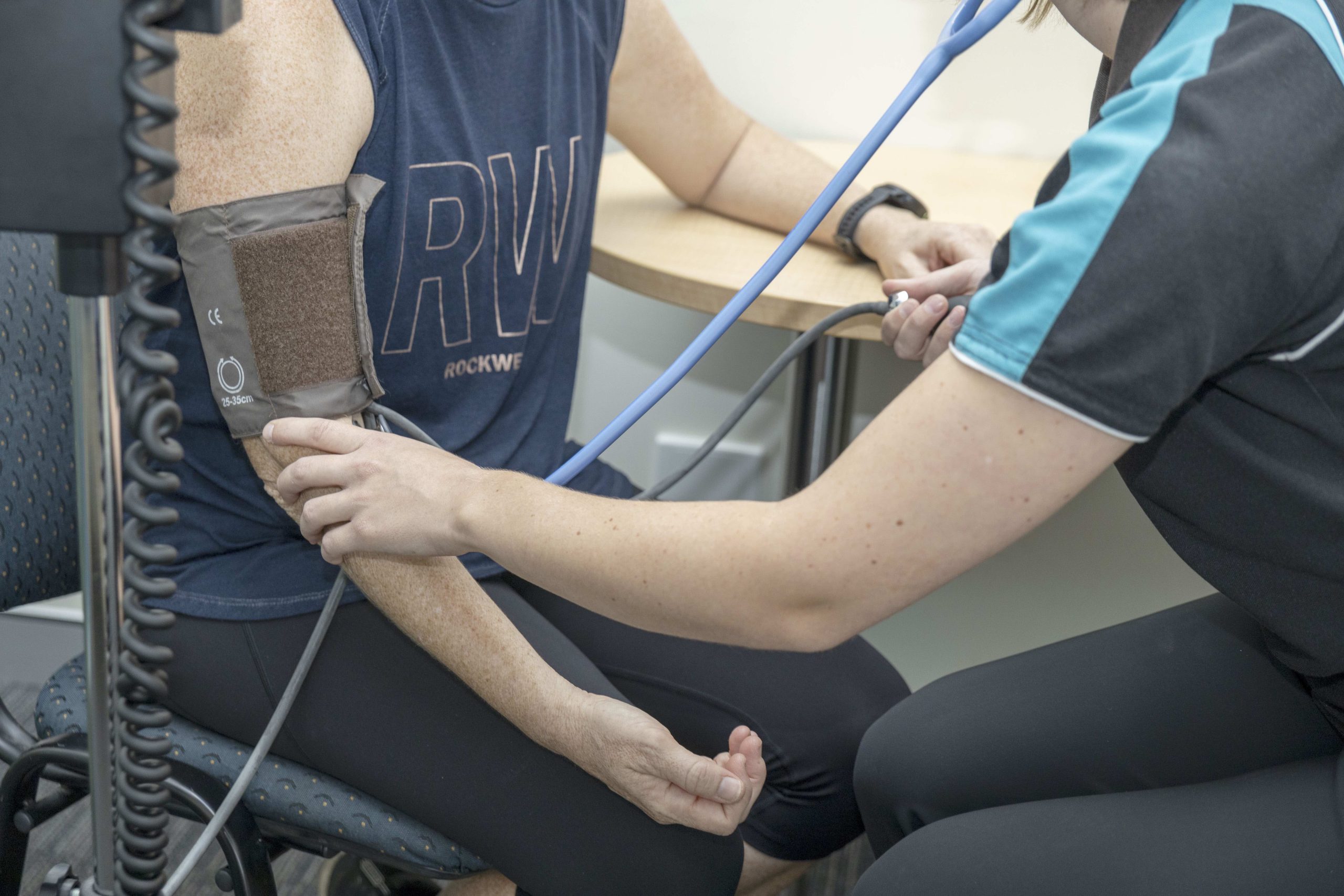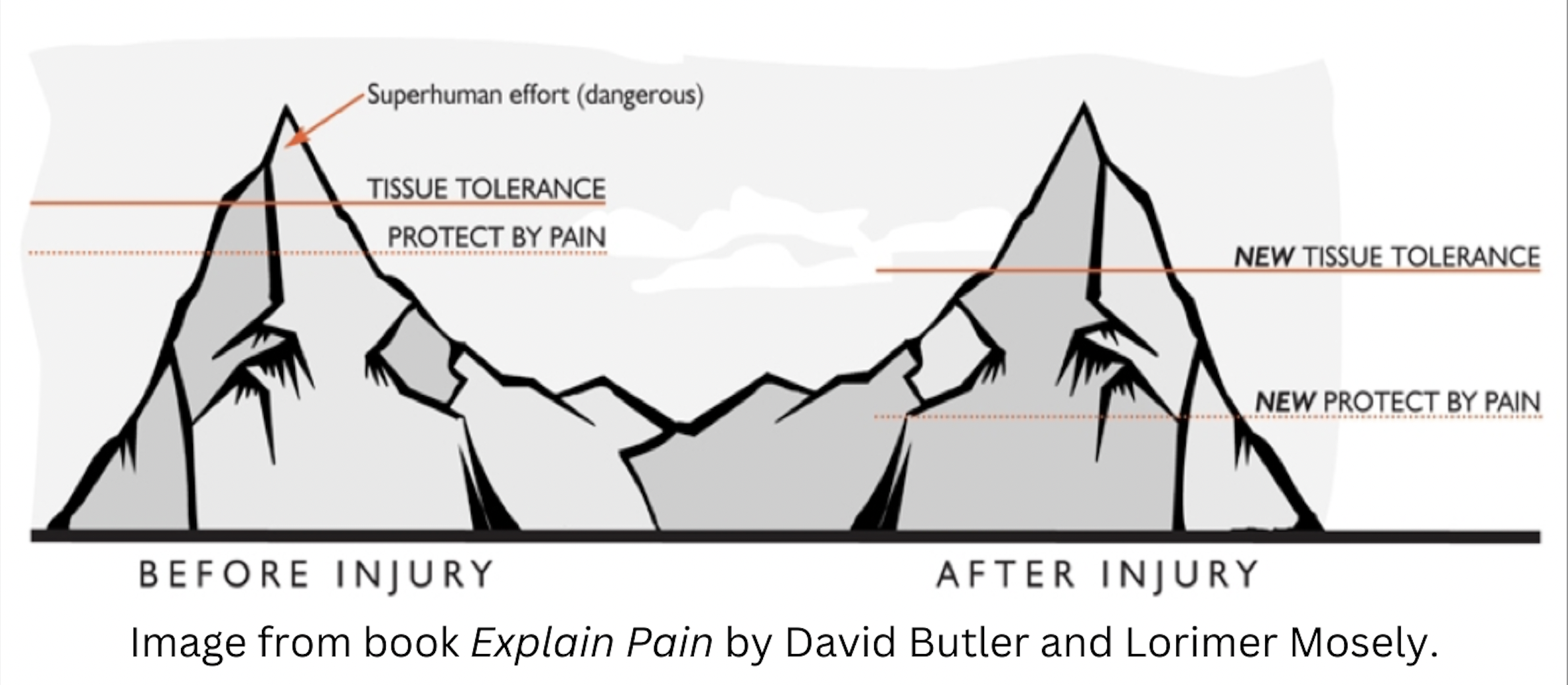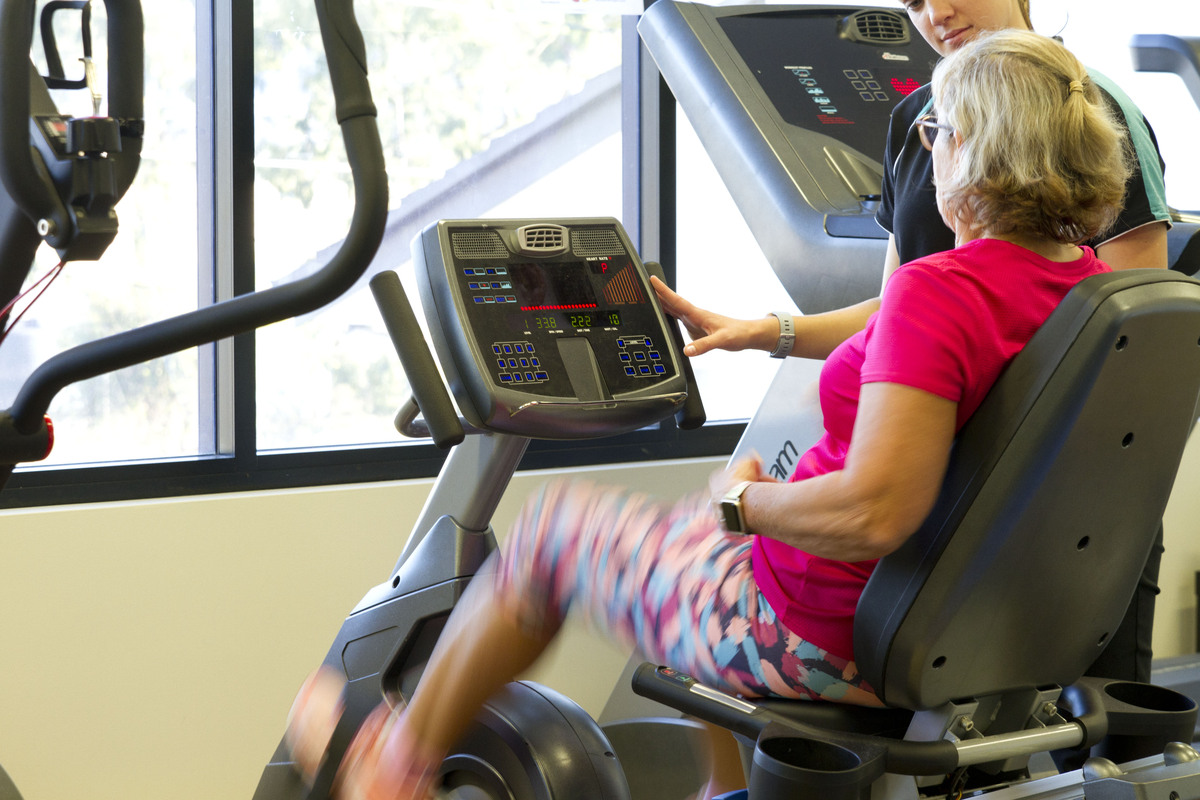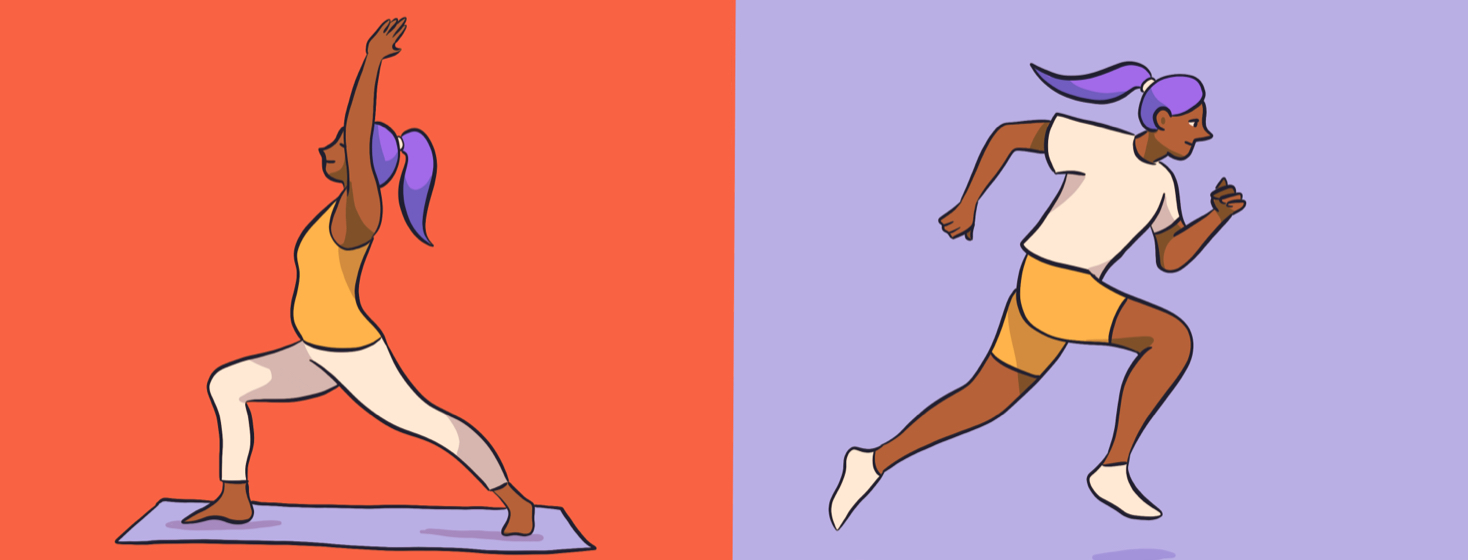Empowering Men: Managing Pelvic Floor Concerns After Prostate Cancer Treatment
Prostate cancer is a significant health concern for men globally, with treatment often impacting various aspects of their lives, including urinary incontinence and pelvic floor dysfunction. As an accredited exercise physiologist, I’ve witnessed firsthand the transformative power of tailored exercise programs in helping men manage these challenges effectively. In this blog, we’ll explore how exercise physiology plays a crucial role in supporting men’s pelvic floor health post-prostate cancer treatment.









